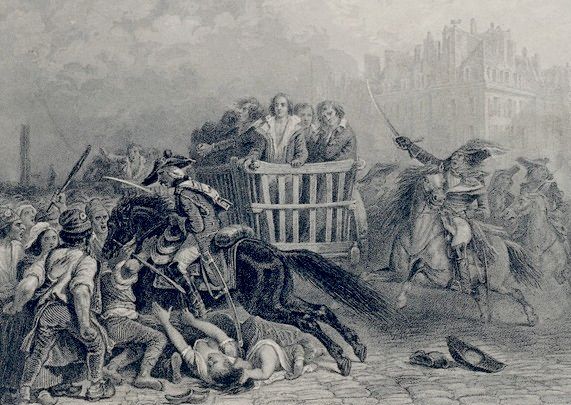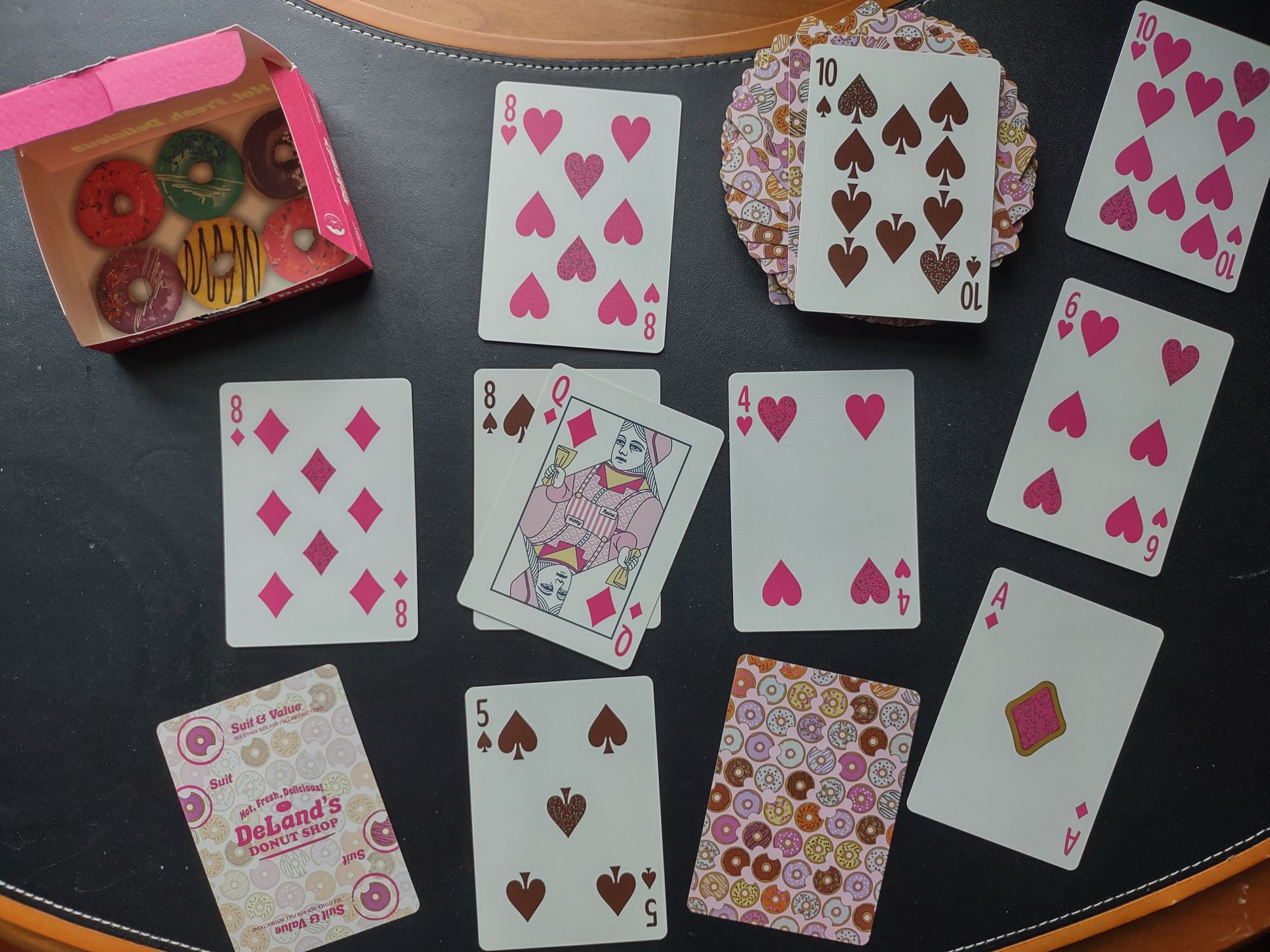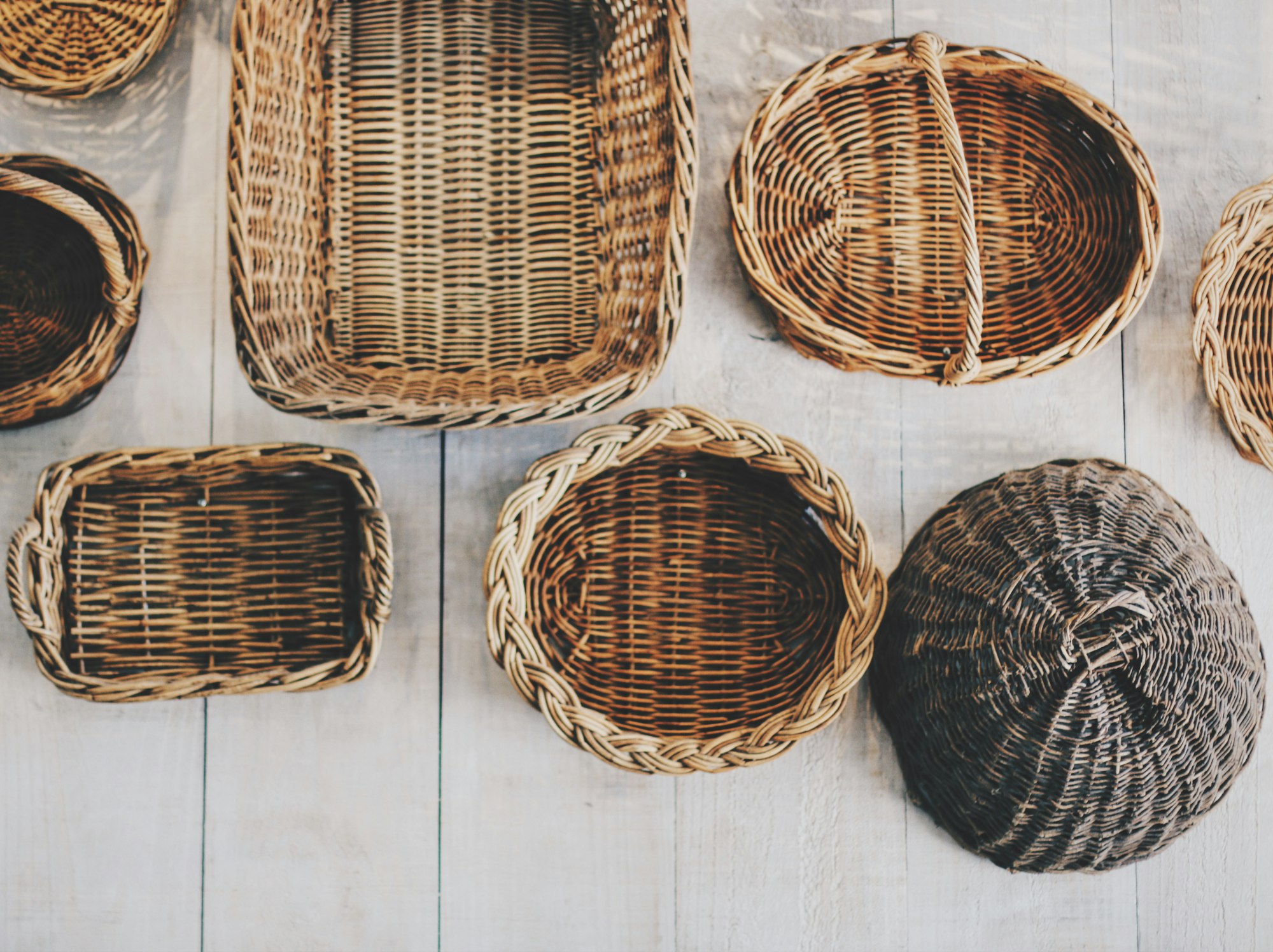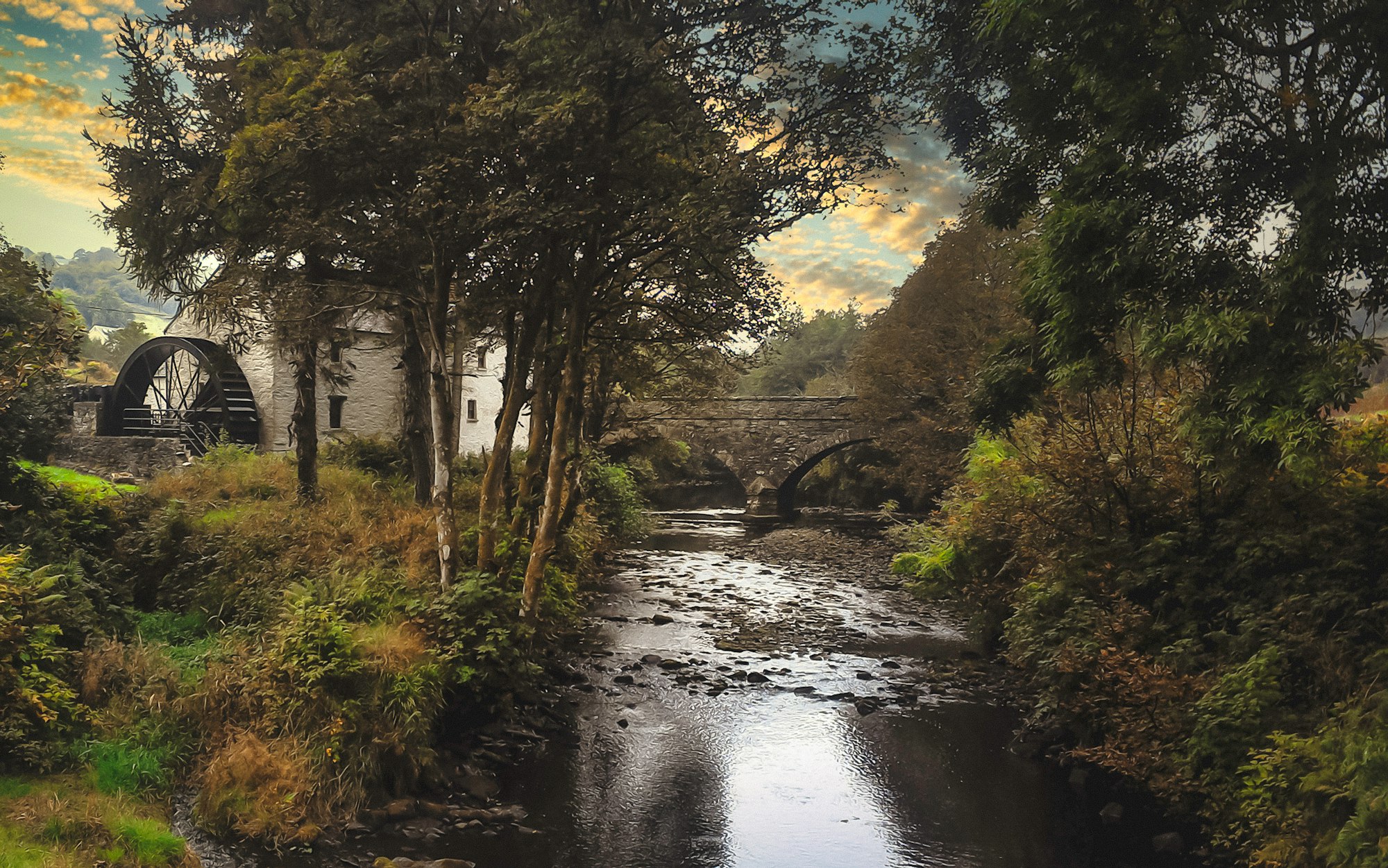X: Cart
All the different ways carts make us fall.

Good morning. Today is décadi, the 30th of Prairial, Year CCXXXI. It's the final day of (French Republican calendar) spring. We celebrate le chariot, a tool for bringing your bounty to market.
The guillotine is the reigning instrument of terror from the French Revolution, ruthless in both its efficiency and frequency of use. Mounted at the present-day Place de la Concorde – between the Tuileries and the opening of the Champs-Elysée, as if death had center stage in the city's grandest drama – the blood and confusion of the era are wrapped up in its gravity-driven snick.
But how did the prisoner's arrive at the scene? How were they kept from escaping? Did everyone have a long 2.5 kilometer walk from the prison (the Conciergerie in the shadow of Notre Dame on the Ile de la Cité)?
The answer was a tumbrel, a cart on two wheels designed to be pulled by a single animal – usually an ox, but likely a horse through the city streets. This ancient modification of the Roman chariot served its agricultural purpose as a primitive dump truck. Thus the name, which has the same root as "tumble" and means "to let fall."
The wagon had rails all around, but the gate at the back could be unlatched and flopped open, then the yoke (once detached from the poor horse) tilted skyward to dump the contents of the cart to the ground behind it. Usually, this was done with manure. During the Reign of Terror, it was done with prisoners.
This wasn't an innovation of the Republicans. The tumbrel had been serving a dreadful purpose in executions for years, since it was small and nimble enough to transport a handcuffed prisoner from one place to another in plain enough sight that escape would be, if attempted, noticeable to everyone around.
Before the guillotine – which had a nearly perfect success rate as an execution machine – the capital punishment of choice in Bourbon France was hanging. Unlike what you see in American Westerns, these 17th century affairs didn't have purpose-built scaffolds, so the tumbrel would be driven up to the gallows, the prison fitted with a deadly necktie while still chained to its rails, then the chains would come off, the tumbrel would be yanked forward by a whipped horse, and the prisoner would sort of slide off into the air. This lack of a "drop" made hanging a prolonged and sometimes unsuccessful method of execution, which is one reason the guillotine was invented in the first place.
At the height of the Terror, when executions were running all the day long, the Jacobins discovered that the tumbrel could fit a dozen people, no more or less, so they were gathered in packages of 12 for the guillotine. This is where the name of the courtyard at the Conciergerie came from: The Corner of the Twelve. It was in one of these hangman's dozens that Marie Antoinette was packed after months in prison to be carted to her own meeting with Monsieur le Guillotine.

Prior to the French Revolution, the word "tumbrel" had a very different meaning to the British. They applied it to a see-saw device that was used to punish women for speaking up, or acting out, or being noticeable in any undesireable (to men) way. Also called the "ducking stool" or the "cucking stool," the device was typically on two wheels just like the cart – so it could be wheeled from the churchyard to whatever pond or stream would serve for ducking – then the woman would be made to sit in the seat, state her "crime" before the community in an act of public shaming, then ceremoniously dropped into the water and lifted back out.
The Spanish, on the other hand, took the root of "tumbrel" and applied it to a very different device: a truck bumper. Especially in Mexico and South America, where trucks would be traversing rough dirt paths through agricultural areas, they'd be fit with the usual cattle bar to prevent damage from animals dashing in front, or, more forcefully, to push cows and oxen out of the way. The word in Spanish for this is tumbaburros, which literally translates to "topples-burros" or "makes-donkeys-fall," a simultaneously adorable and terrifying way to refer to the front of your vehicel.
Today's card: 10 of spades

Right on cue, this reading is walking you toward a complete turnaround of your work, a new chapter in your career, or just a new breakthrough in what you're doing. There's a suspicious lack of clubs on the board, which indicates you might be fighting a bit of an uphill battle, or that you will be in a bit of a robotic mode for a while, but that's fine. This is a phase for you to take care of you, and just remember to keep your new relationships along for the ride. That's it for spring! Tomorrow, we kick off summer with a new reading.



